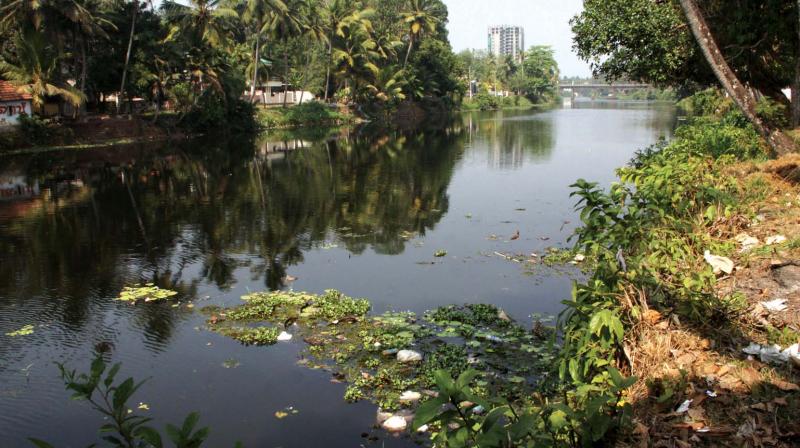Grave situation: Meenachilar under threat

Kottayam: The Meenachil river at Thazhathangady here is threatened with an ecological disaster due to pesticide pollution and wrong fishing practices. The water has turned dark in certain places as a poisonous substance 'nanchu' is widely used to catch fish. 'Nanchu,' which is produced from the seeds of a tree, has been banned by the authorities, but it is secretly used by the people at night at various points in the river. The substance which is mixed in the river water disables the fishes temporarily and leads to their death finally. Its consumption is also perilous to health.
The practice is rampant from Illickal to Chungam at a distance of four kilometres. "We have raised the issue at the municipal council meeting and the police will be informed soon," Mr Kunjumon Mather, Thazhathangady ward councillor, told Deccan Chronicle. “Those who engage in such fishing methods cannot be caught as they do it after 2 a.m. when everyone else is fast asleep," said Mr P.K. Mathew, secretary of the Thazhathangady residents' association. The leaders of fish sellers' union say that the fish caught by this means have colour change.
"But the sellers do not disclose this to earn profit. Pesticides and fungicides are also used in these areas," Mr K.O. Aniyachan, secretary of the Matsya Thozhilali Union at Thiruvarppu, told DC. The poisoning happens in various parts of the district during summer when the water level is low in the rivers. 'Yellow cat fish' and 'thooly' (the endemic carp fish species of Kerala) are also caught by such methods at Thazhathangady, Illickal and Arupuzha near Kottayam. The poison fishing is punishable with three months' jail under section 277 of the CrPC for spoiling a public stream or reservoir.
“Brood fishes (matured fishes ready for breeding) are caught by spreading the nets amidst thick bushes, where they get shelter, and by using pesticides,” Dr K.G. Padmakumar, director International research institute for below-sea-level farming, Kuttanad, told DC. “The lack of base flow in the river and changes in the climate along with less rainfall are causing environmental degradation,” he added. Fish production in the region has fallen over the years due to the above reasons. While the catch was around 7,000 tonnes in the 1970s, it came down to 700 tonnes in 2015-16.

